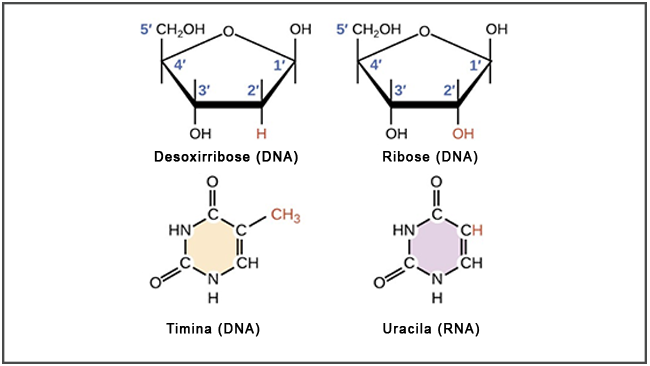Anabolism and catabolism are two different stages of biochemical reactions that are part of human metabolism. These reactions are linked to the processes of chemical transformations that take place in the cells of the human body.
Anabolism
Anabolism is the metabolic phase primarily related to building muscle tissue from energy consumption.
Anabolism is called a synthesis or reconstruction reaction and its main consequence is the formation of complex molecules from simple molecules.
The stimulation of the anabolism process can be done through exercise and a protein-rich diet.
In the anabolic phase, during the body's rest period, muscle tissue that is damaged by exercise is repaired by the body. It is the repair of muscle tissue that causes the development of muscle mass, also called lean mass.
Proteins consumed in food are synthesized in the anabolic phase and transformed into amino acids. Together with the practice of exercises, they are responsible for the development and growth of muscle tissue.
catabolism
Catabolism is the reverse process. It is the formation of simple molecules from the decomposition of complex molecules.
Is breakage or molecular degradation reaction and its central function is the supply of energy for the functioning of the human body.
The main example of catabolism is the digestive process. It is from digestion that the ingested food undergoes a process that transforms them into simple molecules. The result of this process is the production of energy.
The catabolic process and energy supply are essential for the maintenance of functions vital aspects of the human body, such as the balance of body temperature and control of beats cardiac.
| Anabolism | catabolism |
|---|---|
| synthesis reaction | Degradation reaction |
| Body energy consumption | Supply of energy for the body |
| Produces complex molecules from simple molecules | Produces simple molecules from complex molecules |
| Occurs more during rest | Occurs more during exercise |
know more about catabolism and Metabolism.


